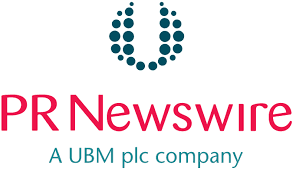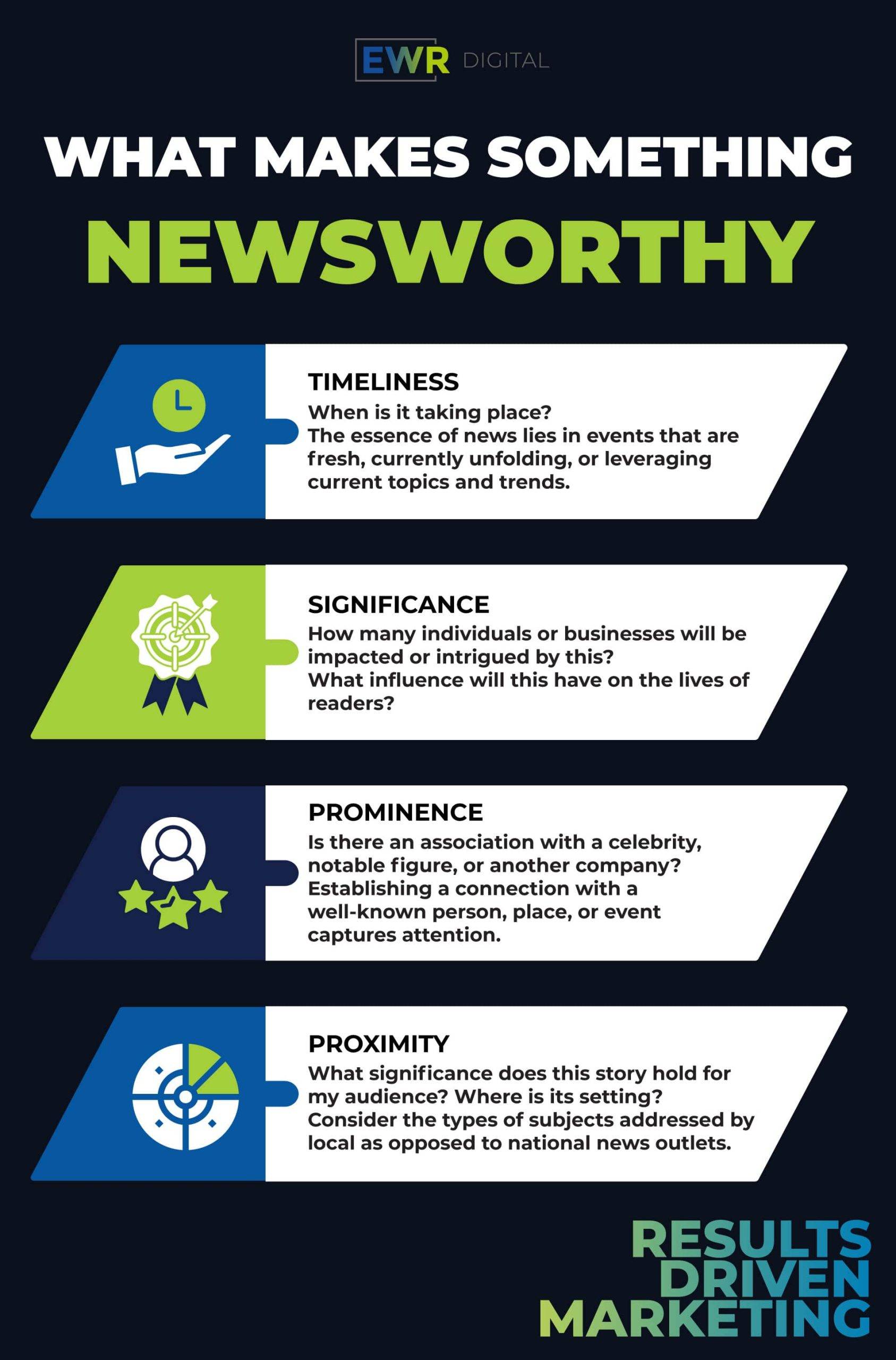Press releases distribution is an effective way to get the word out about your business. You can place your news in front of the media and your target audience.
We have compiled some of the best tips that can help you with press release distribution below as a PR agency. Check this out:
12 Best Press Release Distribution Tips to Boost Your Success

Tip #1: Use a reputable press release service in distributing your news.
Aside from pitching the press, you must use a wire service that syndicates your content across different channels. It distributes your content to its own sites and its large network of media outlets and reporters.
The majority of press release sites also offer social media integration that gives your content more exposure. People can easily like, share, and comment on your story – which means you can easily go viral.
When you distribute your news via the wire, you can get it in front of the audience who care about your story. It is industry-specific and geographic targeting. Your campaign can succeed more easily.
Just ensure to choose the right platform to distribute your news. Not all platforms are the same. Consider your budget, needs, and goals.
Use a reputable PR distribution service like PR Newswire.
Tip #2: Just say no to email blasting.

Never just email blast your news. Instead, send it to the media outlets with an interest in it or outlets that have covered similar stories in the past.
THIS is where people will be getting their industry news from.
In short, send it to relevant reporters who may give you coverage.
Don’t send it to all the reporters in your email contacts. That is not a wise move.
You can’t just throw spaghetti on the wall and see what sticks.
“You can’t throw spaghetti on the wall and see what sticks.” You need to be certain where to send your news and why. Don’t waste your time and effort by just emailing your news to anyone.
In a PR campaign, every move is precious. Send your story to publications that are familiar with covering your industry.
For you to do this properly, you’ll need to do some research. Find out the critical information related to these publications. You can later use it in pitching your story.
Tip # 3: Research is the key to pitch to relevant reporters.
You must know where to find information of the reporters you are planning to send your pitch to. Luckily, there are a lot of resources available online.
There are media databases where you can find the information for free. There are also paid sites that collect them. You can access details about the reporters you want to reach through the databases.
You can find information, such as the name of the reporters, beats, interests, publication, type of stories they write, and their recent articles. When you have ample information in your hand, you can personalize the pitch that can boost your chance of getting mentions or publicity.

Tip #4: Concentrate on establishing long-term relationships with your target press.
You can’t reach out to the media just because you need them now to give you coverage. PR is about building relationships and maintaining them.
If you are serious about your PR, you need to build, maintain, and grow relationships with relevant media. Exert effort so that they become familiar with your brand.
Share their posts on social media, mention them or their story in your blog, or retweet their story. Interact with them and let them know that you are a big fan. The goal is for them to recall you because they see that you have an interest in what they do.
If they see that you support them, they are more likely to notice you. It can give you an edge over your competitors.
Tip #5: Write your press release just like it’s going to get published.
When you write a release, write it like it’s going out live already. There must be no errors in any way.
It includes no grammar, spelling, and punctuation mistakes. It must be written based on standards of writing news.
A release is written following the inverted pyramid style. The most crucial information is written on top. Less important ones follow to support the claims.
Writing a release isn’t like writing a blog. You must know very well how to write it before pitching or sending it for distribution.
Keep in mind that the first impression last. If a journalist sees that your content is stuffed with errors, they are more likely to ignore you. They may even put you on spam so that they will not receive your emails again in the future.

Tip #6: Keep the headline short, sharp, and newsworthy.
The headline is the first thing a journalist sees when they open an email. It must convince them enough to read the next paragraph.
Journalists receive a lot of poorly-written pitches on a daily basis. For you to make a difference, start with the right and catchy headline.
Keep it short, punchy, and newsworthy. Headlines in a release are very important. First, it is the deciding factor for journalists.
Keep it short, punchy, and newsworthy.

It affects the click-through rates on search engines, it impacts search engine optimization, and encourages (or discourages) social sharing.
Don’t use industry jargon in your releases.
It must be well-written, with no industry jargon, and contain relevant keywords. Don’t forget that the length also matters.
The headline must only be between 65 and 80 characters (including spaces) before it is cut-off in search results. The length is based on the width and the pixel count rather the number of characters.
What you must remember is that press release distribution services allow longer headlines. They accept 100 to 125 characters which are way too long because Google only accepts 65 to 80.
Make the headline compelling to pull the interest of the readers. If it doesn’t contain a hook at all, no one will have the interest to read your content.
Tip #7: Include interesting details.
Don’t make your pitch boring. There are a lot of pitches that read like a release. Journalists are not going to notice your pitch if it is dry and plain.
Instead, make your pitch short and sharp. Include interesting details. Get straight to the point.

Tip #8: Don’t write it like a sales pitch.
Journalists hate sales pitches. Your pitch must not sound like you are selling your product or service.
Focus on the value that the audience will receive and not on your brand or offer.
If you talk too much about you, it is obvious that you are promoting your brand and product.
Writing your pitch like this doesn’t get noticed. Journalists want a pitch that is written for the audience and not for your own sake.
Tip #9: Don’t forget the small media outlets.
Sometimes because of your wish to get big coverage, you ignore the local media outlets. Don’t discount local publication. Use a local angle in your story.
A local angle gives you more edge to be noticed. There are also lesser brands that use local angle in their story.
Don’t forget those big companies get news from their local media counterparts. What you thought that is impossible can even land you in front of the newspaper or on the television.

Tip #10: Help the reporter.
Offer your target journalists help as much as you can. Do something for them to improve their work. At least make their work easier.
Journalists receive almost a hundred of emails everyday.
If you make your pitch unique and easier for them to cover, you are helping them in a great way.
In writing your pitch, follow the standard. Avoid errors. Don’t expect them to edit it for you.
Create an attention-grabbing headline and provide a synopsis of your story.
Create an attention-grabbing headline. Provide a synopsis of your story so that it is easier for them to get the message. Also, explain why your story is relevant to their media outlet.
Copy and paste the release in the email. It can help them save time because they don’t have to download it. Include images and videos to make them more compelling.
By making it easier for them to read your content, you are giving them more reasons to cover you. The higher the chance for you to gain media opportunity.

Tip #11: Send your pitch at the best time and day.
Beat the rush hour when sending your pitch. Instead of sending on the hour, let’s say 8:00 a.m., send it 10 minutes past 8:00 a.m. It gives you a greater chance to get noticed by your target journalist.
Avoid pitching on Fridays.
The most popular day to pitch is during Mondays, Tuesdays, Wednesdays, and Thursdays. Avoid pitching on Fridays because people in the publication are busy wrapping up their work. They aren’t going to start any new work during that day.
Weekends aren’t ideal days to send a pitch either. Journalists and editors are not working on those days. Don’t send it also during holidays like Christmas holidays and other national celebrations.
Journalists aren’t going to pick up stories other than stories that are relevant to holidays. Instead of pitching your story during these days, consider sending it before o after the celebrations.

Tip #12: Follow up on your release.
It’s not bad to follow up. However, make sure not to do it too soon. Follow up two days after. This is to give the journalist time to scan through the emails.
You can call to follow up if they are already familiar with you. Ask if they receive your pitch. Further, explain why and how it can help them.
There are still a lot of tips that you can apply in distributing releases. By following them, you’ll boost the odds of earning mentions and getting publicity.
You can check Newswire for more press release distribution tips.
This article was written by guest contributor Fred Griffin.

